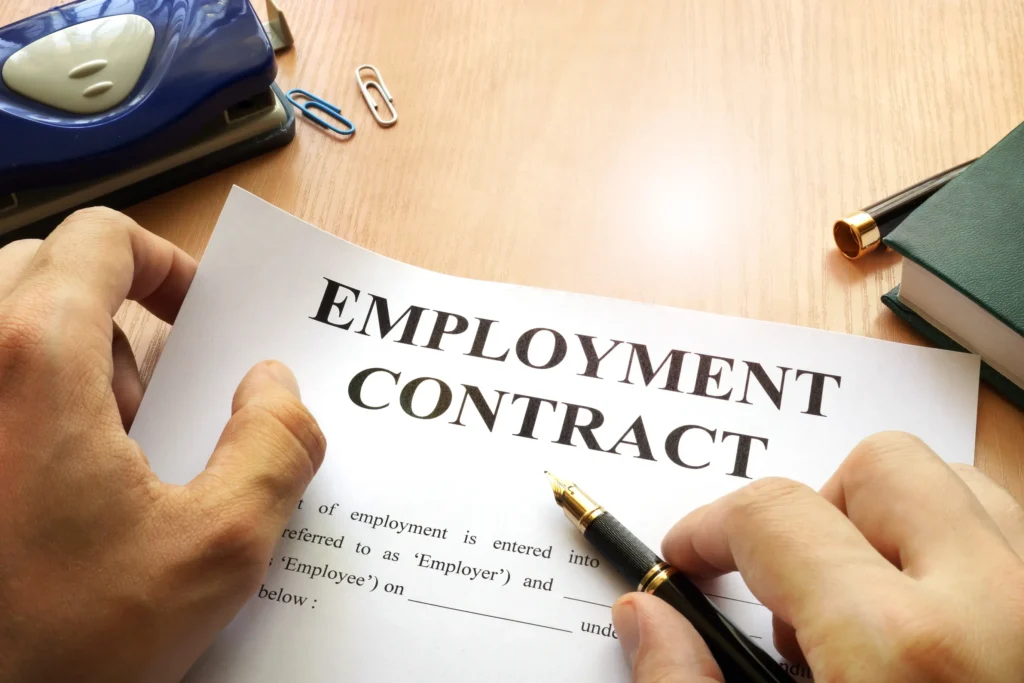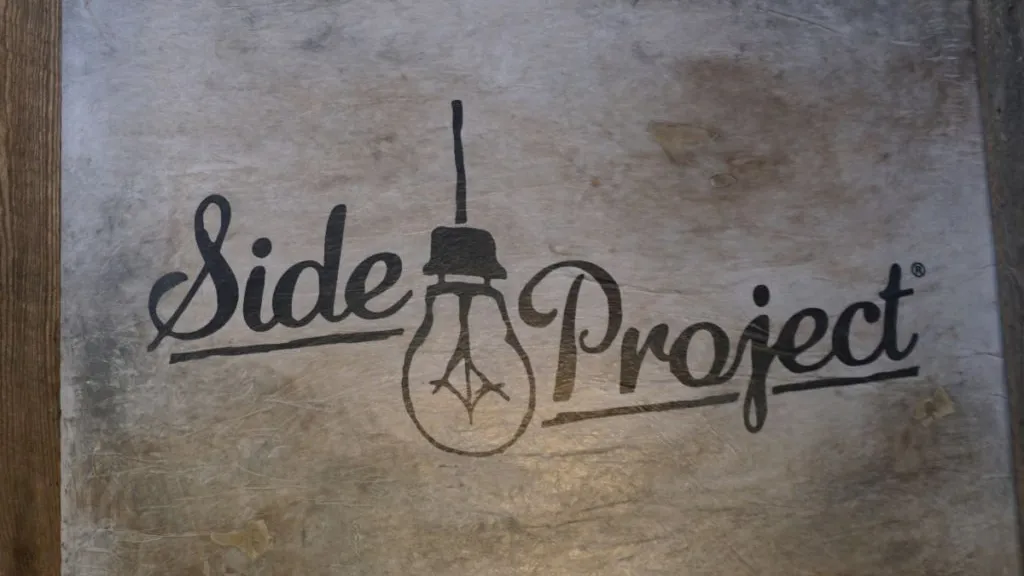Understanding how to protect your intellectual property from your employer is essential for anyone developing original ideas, inventions, or creative works while working in a company. Whether you are a software developer, designer, engineer, or creative professional, safeguarding your innovations ensures that you can benefit from your hard work and prevent misunderstandings or misuse by your employer.
This guide will show you everything you need to know about defending your intellectual property (IP)—with practical advice, real-world examples, and actionable steps tailored for employees in various fields.
What Is Intellectual Property? Why Should You Care?

Intellectual property includes anything you create with your mind: inventions, code, processes, designs, artwork, books, slogans, trademarks, and even business ideas. When you’re employed, it’s crucial to determine who actually owns what you create—the employee or the employer.
Many workers mistakenly assume they automatically own the rights to their creations, but this isn’t always true. If you want to know how to protect your intellectual property from your employer, you need to understand legal agreements, company policies, and the steps you can take before, during, and after your employment.
How to Protect Your Intellectual Property from Your Employer — Key Concepts
Understand Employment Contracts and IP Ownership
The first step in learning how to protect your intellectual property from your employer is to carefully review any employment contracts and IP clauses before you accept a job or start working on a new project. Many companies include “work-for-hire” clauses, which may give them full ownership of anything you create as part of your job duties or with company resources.
Key Variations and Synonyms to Look For:
- “Inventions assignment” clauses
- “Work product ownership” clauses
- “Proprietary inventions agreement”
- “Work made for hire” provisions
Practical Example:
Suppose you’re employed by a tech firm and develop an innovative algorithm as part of your assigned duties. If your contract includes a strong IP assignment clause, the company might automatically own the patent, regardless of your personal effort.
Action Step:
Before signing, negotiate where you can—especially if you work on side projects. You might request language that clarifies anything you invent on your own time (without company resources) is yours.

Distinguishing Personal Projects from Work Projects
It’s vital to separate your personal projects from those related to work.
Key points:
- Use your own devices, accounts, and resources for side projects.
- Work outside company hours and avoid discussing personal inventions at work.
- Keep detailed records of when and how you developed your ideas.
Example:
Lisa writes a novel at home using her own laptop and time, even while employed at a publishing firm. By documenting her efforts and separating them from her workplace responsibilities, she can better defend her IP rights if a dispute arises.
Steps on How to Protect Your Intellectual Property from Your Employer
1. Review Your Employment Agreement Closely
- Read every clause regarding intellectual property, confidential information, inventions, and work-for-hire.
- If you do not understand a section, ask for clarification or consult a lawyer.
- Look for any language that might give the employer automatic rights to anything you create, even outside of work.

2. Negotiate Before You Sign
When possible, negotiate your contract before signing so that any personal inventions or side projects are specifically excluded.
Tips:
- Specify “pre-existing inventions” or “personal projects” in writing (sometimes as an appendix).
- Exclude inventions not related to the company’s business or not developed with company resources.
- Make sure to include clear definitions and boundaries.
3. Keep Accurate, Dated Records
Maintaining comprehensive documentation of your ideas, project development, and when/where you worked on them is key in a dispute.
- Use a notebook, cloud folder, or secure app to list your progress by date.
- Save drafts, sketches, emails, code versions, and other proof of authorship unconnected to work equipment or accounts.

4. Register Your Intellectual Property Early
When possible, file for copyrights, patents, or trademarks for your original work as soon as you can—even before presenting or pitching the idea.
Benefits of Registration:
- Provides official proof of authorship/date.
- Makes legal enforcement much easier.
- May discourage the employer from claiming the invention as theirs.
| Type of IP | How to Register | When to Consider |
|---|---|---|
| Copyright | Register with national copyright office | For creative works: books, code, art, music |
| Patent | File a patent application | For inventions, unique ideas, algorithms |
| Trademark | Register name/slogan/logo | For branded side businesses or projects |
5. Avoid Using Company Resources or Time
Never use the employer’s equipment, premises, or time for your own projects. Most IP disputes arise because resources or ideas were shared (even accidentally).
- Work at home, on your devices, with your own internet.
- Do not store personal files or notes on company accounts.
- Do not ask colleagues for help with your personal work during business hours.
6. Understand Non-Compete and Confidentiality Agreements
Many employers require you to sign non-compete or non-disclosure (confidentiality) agreements. These can limit what you do with your IP while employed (and sometimes afterwards).
- Carefully review these agreements; negotiate terms if they are overly broad.
- Some regions or countries restrict how enforceable non-compete clauses are—sometimes they’re void if too broad or long-lasting.
- Never reveal trade secrets or confidential business information, even in your side projects.
Practical Examples of Protecting Your IP from Employers
Example 1: Side Project App Development
John is an IT worker who develops a social networking app on weekends with his own hardware. His employer is in a completely different industry (finance). John kept meticulous records, registered his copyright, and ensured he never used employer resources. When a dispute arose, he was able to prove his app was unrelated to work and retained his IP rights.

Example 2: Inventor Negotiating Patent Rights
Priya, an engineer, invented a new energy-efficient device at home, outside her regular work duties. Before starting employment, she disclosed her previous inventions in writing and excluded them from the IP assignment. This protected her ownership even after accepting a similar role.
Example 3: Dispute over Invention Timing
Derek worked on a design during his employment and submitted a patent application just after leaving his company. Because he developed some aspects on company equipment, his former employer contested ownership. Most courts look at factors like use of company time/resources and relevance to the company’s business. Derek’s partial use of company equipment weakened his claim.
Frequently Asked Questions — How to Protect Your Intellectual Property from Your Employer

Q1: What if my contract says all inventions belong to my employer?
This is common. While many contracts have broad language, laws in many regions provide exceptions for inventions developed on your own time and without company resources. Always try to negotiate and clarify terms before starting.
Q2: Do I own my side projects while working full-time?
Potentially, yes—if you:
- Use only your own time and resources
- Work on projects unrelated to your job duties or employer’s business
- Document development activities outside work hours
But always check your contract details!
Q3: What should I do if my employer claims my IP?
Gather documentation showing your IP was created independently. Consult a legal expert immediately, and avoid discussing the dispute with coworkers or managers until you understand your position.
Q4: Does my location influence my IP rights?
Yes. IP and employment laws vary by country and region. Research local labor and IP statutes, especially regarding far-reaching non-compete or assignment clauses.
Pros and Cons—Protecting Your Intellectual Property from Your Employer
| Pros | Cons |
|---|---|
| Retain ownership of your original work | Legal disputes can be time-consuming and stressful |
| Greater control over how your IP is used or licensed | Some employers may not negotiate contract terms |
| Opportunity to profit from your inventions | Proving independent development requires diligence |
Final Tips on How to Protect Your Intellectual Property from Your Employer
- Read all contracts carefully before accepting any position.
- Negotiate for explicit exceptions for personal projects and prior inventions.
- Keep work and personal projects totally separate.
- Register your IP as soon as possible.
- Document everything: keep notes, emails, and development logs.
- Seek legal advice if uncertain about your rights or facing a dispute.
- Stay informed about your country’s specific IP and labor laws.
- Be proactive: don’t wait for a dispute before thinking about your rights.
Takeaway
Learning how to protect your intellectual property from your employer is just as critical as developing the property itself. By being aware of your contract terms, documenting your efforts, separating personal and work projects, and acting early, you can safeguard your creativity, your career, and your financial future. Always prioritize your interests and seek expert help when needed—your innovations deserve it.